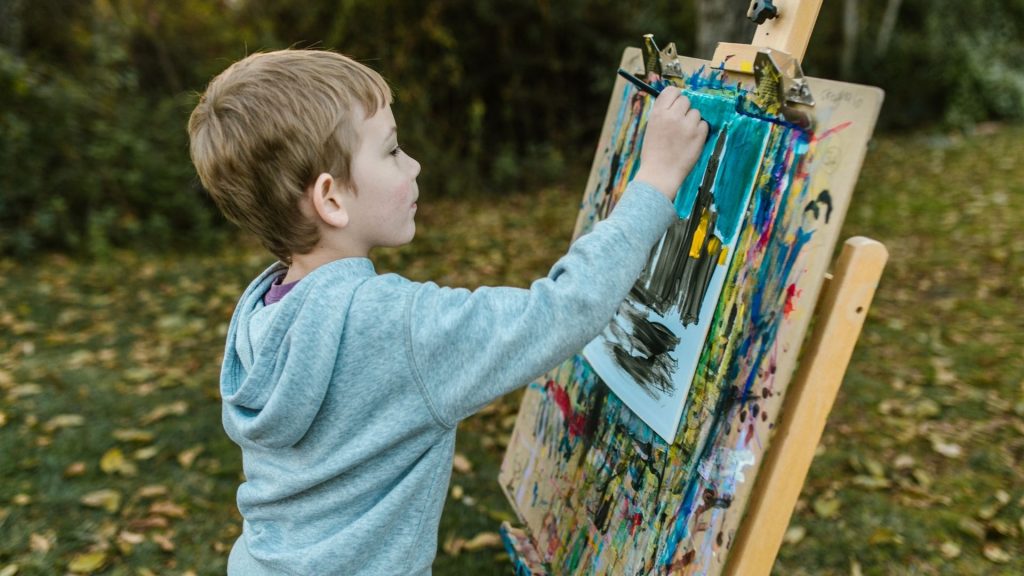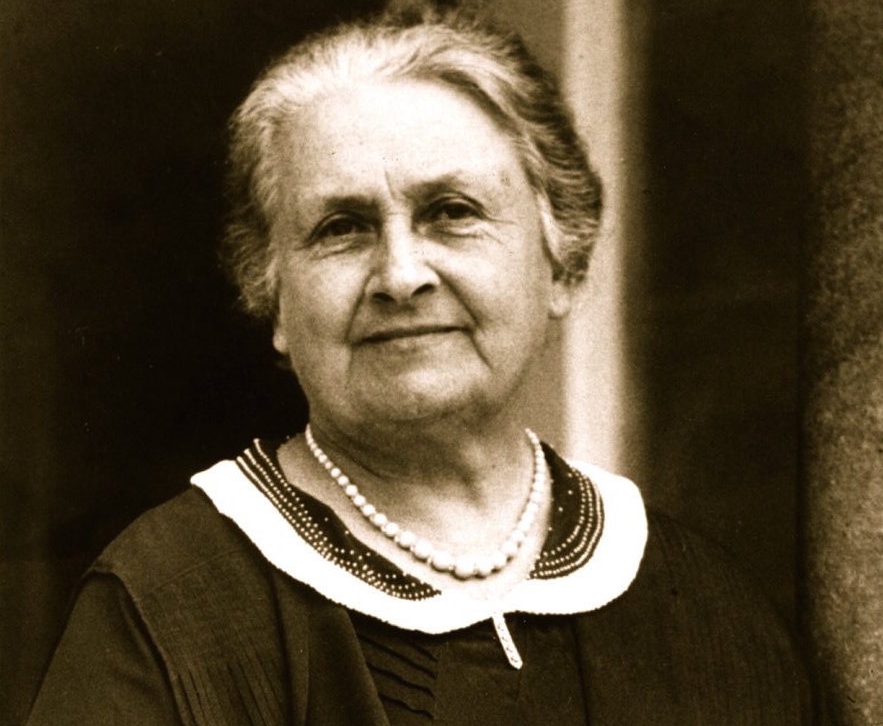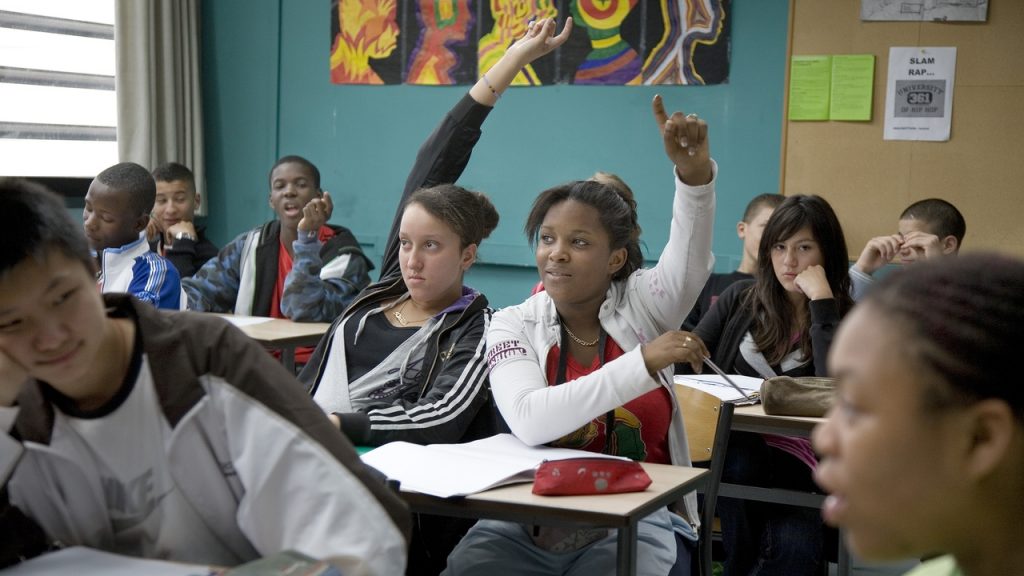Montessori Homeschooling Curriculum: Getting Started Can Be Easy
Montessori homeschool curriculums are growing in popularity, here is how this educational method differs from others.

As the fallout continues between public schools and parents, the move to homeschooling has increased dramatically. We covered a lot of this in our Ultimate Guide To Homeschooling. Families are fleeing public schools as if their child’s education depends on it. Homeschooling at times can be a tricky proposition if you are unprepared. Finding the curriculum that works best for your child can be challenging. There are homeschooling methods, like the classical homeschool method, that mirror traditional public schools and then there are ones that do the complete opposite. In between, there are a number of other time-tested homeschooling methods which have become popular over the years. One worth looking into is the Montessori Homeschool curriculum.
Where did Montessori Homeschooling Start?
The Montessori Homeschool curriculum is based on the Montessori style that was developed by Dr. Maria Montessori back in the early 1900s. The general idea behind her method was to let the child learn and develop at their own pace that better suits their potential. Her style enabled children to find more confidence in themselves and gave them independence and self-awareness. The Montessori Homeschool curriculum follows that same recipe and has been a preferred method for many parents. There are even whole schools dedicated to this approach.
Maria Montessori was an Italian physician, an innovator, and more importantly, an educator. She is best known for her educational style that allowed for children to learn naturally and not in the rigid confines of a classroom. Her first Montessori school was called the Casa dei Bambini and she opened its Rome, Italy doors in 1907. She also published The Absorbent Mind which had its first English translation in 1948. This book is still referenced today as having the building blocks of the Montessori method and has stood the test of time in this respect.

Dr. Montessori’s early foray into medicine took her into the field of psychiatry. Perhaps this is how she learned to understand the human character in a broader sense, turning that knowledge into education. Her early educational style questioned the norms of the day, and in turn, had Dr. Montessori finding new methods to bring education to the young. Its popularity has only grown over the years with future educators updating the style and bringing it into a more modern world. The tenets of the style definitely overlap with our modern-day life in that they provide ways to intertwine the two.
What Makes It Different?
What makes the Montessori Homeschool curriculum so enticing is that you can throw traditional homeschool lesson plans out the window. Shocking as it may seem to some, Montessori Homeschool doesn’t follow a lesson plan. Now, that isn’t to say they don’t plan things out, they do. But as far as following a daily plan as you’d see in public schools or regular homeschooling, Montessori goes about it in a vastly different way.
According to Child of the Redwoods, they do have a general idea of the direction they’d like to take their children. They have what’s called a “scope and sequence of concepts and skills” that is kept in mind or even put down on paper, things that would appeal to children. They even have a method of how to approach these ideas or concepts with the child and help them strengthen those skills.
In this way, there are somewhat linear timelines around growth and learning, aspects they want to see grow in each child along the way. But it is significantly less strict than traditional educational methods, focusing on skills and autonomy rather than different subjects or testable curricula. It’s just one thing that sets this style significantly apart from what we see in public schools.
A Montessori Home
A key component in bringing a child into a Montessori-style setting is to create a home that will mirror aspects of the approach. There are easy ways to do this right from the start. Because the Montessori method is centered on a child’s indepence in learning life skills as well as problem-solving, a Montessori home will have a number of different practical aspects to it. For starters, the kitchen and bathroom can be made to be easier for a child to navigate. This means putting in stools and hooks for children to access parts of the kitchen to use on their own like the sink, towels, or utensils. In this method, the child is encouraged to navigate their surroundings in a very similar way as an adult.
And a Montessori home should be rich with supplies that help the child navigate a number of different activities. This will include building blocks, art supplies, basic tools, and other “practical” pieces that help the child gain confidence in a number of different areas. There are no “wrong” way to use these things to start with the goal for the child to get comfortable in their environment, picking up activities that most interest them. Parents are to be a facilitator in this process.
And you are going to want books, books, and more books. A Montessori style of education encourages reading, but not like a traditional school with reading, phonics, and grammar practice as a strict adherent. No, a home school be teeming with age-appropriate books the child can explore and the parent can help read with them if need be.
The Montessori Homeschool Curriculum

One thing that is very common within the Montessori Homeschool curriculum is the outdoor aspect. Spending time in nature is a key element of a successful Montessori curriculum. And by spending time outside, the curriculum doesn’t call for a simple 20-minute recess or half-hour lunch. Instead, children find themselves outside for hours at a time. Learning about nature, learning how to socialize with other children who are following the same learning structure, these opportunities are priceless, and many times offer much more than a classroom could.
With Montessori Homeschool, every waking moment is an opportunity to teach and learn. “School” is a year-round activity, so learning can come from anywhere and at any time. But that doesn’t mean a child is beholden to simply “learn” all the time. When opportunity presents itself, it is taken. But the norms such as holidays, weekends, spring and summer breaks, are all still in play.
Another thing with a Montessori Homeschool curriculum is that it can be as pricey or as inexpensive as you wish it to be. You don’t have to break the bank to have your children in a Montessori Homeschool curriculum. The ability for the curriculum to be adaptable and flexible is one of the many things parents find so attractive about it.
While it may sound like much of the Montessori Homeschool style could turn one’s home into the Wild West, don’t let that worry you. A proper curriculum in this style touches on eight basic principles that children learn and develop from. These include movement and perception, options, organization, contextual learning, interest-based learning, peer learning, teacher (parent)-child interactions, and avoiding “rewards vs punishments.”
Setbacks to the Montessori Method

With all the positives surrounding a Montessori Homeschool curriculum, there are some drawbacks as well. Because of the scope around the teaching aspect, some opponents to this way of schooling feel parents are not as well-rounded as they need to be to teach by this method. Some feel parents who choose this method should get some training on it before they make the move.
Another drawback may happen early on, with very young children. Pre-schoolers and kindergarteners require a little more structure with their learning habits. They are still developing. So, specific toys and learning materials may be needed so they can learn colors, shapes, and letters and this may be more than parents hoped homeschooling would be.
If you think Montessori Homeschooling suits you and your children, there are plenty of resources out there to get you started. Typically, the curriculum can be divided into a few separate categories such as Infants and toddlers, early childhood, lower elementary, and upper elementary. So, depending on the age of your children, you should be able to find enough resources to get rolling.
Montessori Homeschool Resources

As a start, Time 4 Learning offers great resources for Montessori Homeschooling. They have so many different ways to help build a curriculum, from pre-K up through high school. They offer lesson planners and printable worksheets. Of course, there is a fee to obtain their services, but there is also enough free information on their website to get you pointed in the right direction.
Child of the Redwoods is another fantastic place to grab some Montessori Homeschool resources and advice. This website is strictly for those who wish to follow the Montessori method. While they also charge for certain features, their “free resources” section is filled with courses, printables, planners, and anything else to get you started. This, by far, is one of the better sites to go to for anything Montessori.
Deciding to homeschool your child or children is a big move. In short order, you may learn a newfound appreciation for public school teachers, though that may not be enough on its own to take them back to public education. The Montessori Homeschool method can offer the best of both worlds. It allows for the freedom missing in a child’s life (not quite to the Ron Paul Libertarian Homeschool level), but it also allows for a bit of structured learning when needed. It can also teach valuable lessons they may not get in a classroom.



